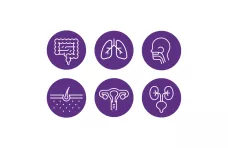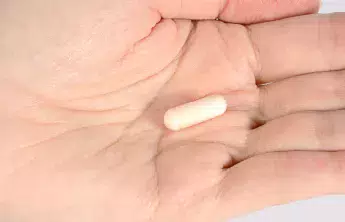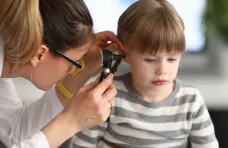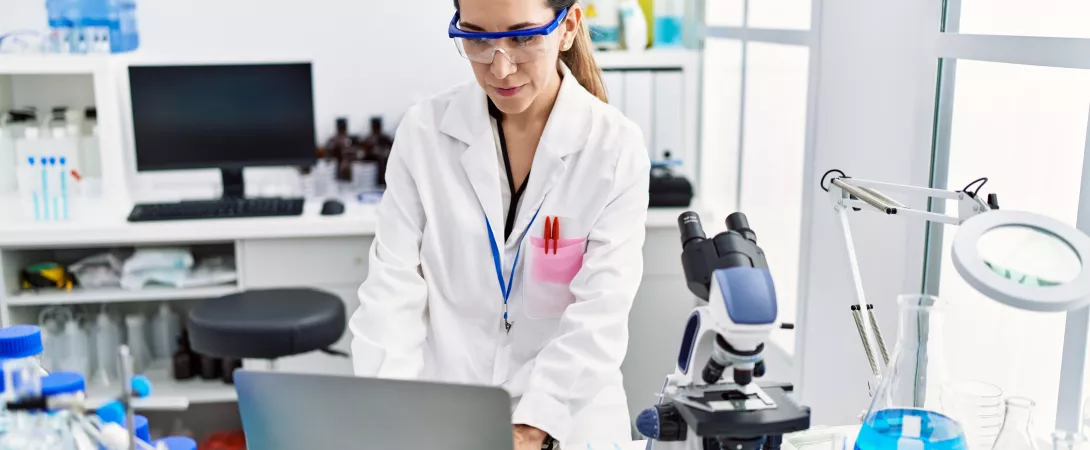United States 2025: knowledge and behaviors about microbiota
The survey was conducted by Ipsos among 7,500 people in 11 countries (France, Portugal, Poland, Finland, Italy, Germany, United States, Mexico, Brazil China, and Vietnam).
Americans and microbiota: awareness continues to grow, yet several knowledge and behavioral gaps remain.
Summarizing United States results in the survey
In 2025, Americans awareness of the microbiota continues to grow, yet several knowledge and behavioral gaps remain. While people trust healthcare professionals, too few receive proper guidance.
1. Americans are lagging behind in microbiota literacy
As awareness of microbiota among Americans expands, significant gaps in knowledge and behavior persist compared to other countries.

Only 51% of Americans say they have heard of the term "gut microbiome", compared to 57% across all countries. Even more telling, only 27% report knowing exactly what it means.
When it comes to specific terms:
of Americans are more familiar with the term "Gut flora", but just 27% claim precise understanding.
(vs 71% overall)
of Americans report knowing what is a Vaginal flora. More than 44% who know what Vaginal Microbiome is.
(vs 81% overall)
of Americans saying they know exactly what probiotics are, and 96% having heard the term.
(vs 50% overall)
United States’s lags a bit in microbiota literacy, particularly regarding non-intestinal microbiota and technical terms like dysbiosis or prebiotics.

Learn all about microbiota
Learn more
2. Between intention and action: Americans are building healthy habits, even if not always consciously
Only 52% of Americans say they have changed their habits to support a balanced microbiota—slightly below the global average (56%).
Of Americans report following a balanced diet.
(vs 83% overall)
Limit their consumption of ultra-processed foods.
(vs 72% overall)

Similarly, just 73% say they do not smoke, down 3 points from the overall average of 76%. In terms of engaging in physical activity, 83% of Americans do so, a 6-point improvement over the global average of 77%.
One widespread behavior, however, may be less beneficial: 53% of Americans report washing at least twice a day—a frequency that can disrupt the skin microbiota.

When it comes to supplementation, Americans are ahead of the curve: 53% take probiotics and 44% take prebiotics—both above the global averages of 49% and 41%, respectively.

What is the difference between prebiotics, probiotics and postbiotics?
Learn more
3. Healthcare professionals: trusted experts, but an untapped opportunity
U.S. respondents overwhelmingly consider healthcare professionals their most trusted source of information on the microbiota (80%). And indeed, many are already receiving valuable insights: 42% of Americans say a healthcare provider has explained the microbiota and its role to them.

However, only 23% recall receiving information about the microbiota when prescribed antibiotics—a missed opportunity, given the potential impact of such treatments.
Healthcare professionals are central to microbiota education in the U.S. Empowering them further could significantly boost public understanding and healthier behaviors.

Antibiotics: what impact on the microbiota and on our health?
Learn more
4. Strong potential for engagement in stool donation
While only a minority have heard of stool donation (27%), a notable 58% of Americans say they would be willing to donate their stool for scientific research if done anonymously and voluntarily.
This openness shows that interest exists when the purpose is clear and socially beneficial.
would like to test their microbiota
(vs 61% overall)
are interested in testing their skin microbiota
(vs 40% overall)
believe this test would be useful to conduct a health check-up
(vs 60% overall)
What is microbiota testing and mapping?
There are different types of microbiota testing, not only for the gut. Overall, they seek to identify microorganisms, such as bacteria and fungi, living in a specific part of the body to help inform health decisions and/or outcomes.
Intestinal microbiota testing, which seems to be the most common type of analysis, generally tests a person’s stool sample. For example, they could look for illness markers or extract DNA.
Both collective and individual gut microbiota analyses start with a stool sample. Microbiota mapping aggregates results from multiple microbiota tests to advance research and fight chronic diseases. Individual tests provide personal data on gut flora, with no definition of a clinically validated “healthy” or “pathological” microbiota. Thus, mapping fuels population-level knowledge, while testing gives a snapshot of one’s own microbiota.

Gut microbiota: still many things to be discovered
Find out more...
Methodology
This third edition of the International Microbiota Observatory was conducted by Ipsos on 7,500 individuals across 11 countries (France, Portugal, Poland, Finland, Italy, Germany, the USA, Brazil, Mexico, China, and Vietnam). Two new countries were included in this edition: Italy and Germany.
The survey was conducted over the Internet between January 21 and February 28, 2025. For each country, the sample is representative of the population aged 18 and over in terms of :
- gender
- age
- profession
- region
Representativeness was ensured via quota sampling, the most commonly used sampling method for obtaining a representative sample of the population studied. The quota variables for each country were gender, age, region, and socio-professional category. The data were adjusted:
- within each country, again to ensure that each population is representative
- globally, so that each country has the same weight. Statistical analyses were carried out using Cosi software (M.L.I., France, 1994), with a significance level of 95%
The survey population was 48% male and 52% female. The average age was 47.3 years. The sample of 7,500 individuals made it possible to carry out a detailed analysis by age group:
- 18-24
- 25-34
- 35-44
- 45-59
- 60 and over
Changes from one year to the next have been measured on a like-for-like basis, i.e. calculated taking into account only those countries present in both the first and second editions of the survey. While we do have results for the new countries included in this third edition (Germany and Italy), they have not been taken into account when calculating trends, since they were not included in the first two editions of the survey.
The questionnaire includes 16 questions on:
- socio-demographic data
- the level of knowledge about microbiomes
- the level of and desire for information from healthcare professionals
- the identification and adoption of behaviors designed to combat microbiome imbalances
- the level of knowledge, information, and behaviors of women about the vulvo-vaginal microbiome
- health data
The questionnaire lasted ten minutes and the 7,500 individuals had to complete the entire questionnaire in order to be included in the survey. The terms used in the questionnaire to talk about the microbiome have been translated and adapted to the terms used in each country.


